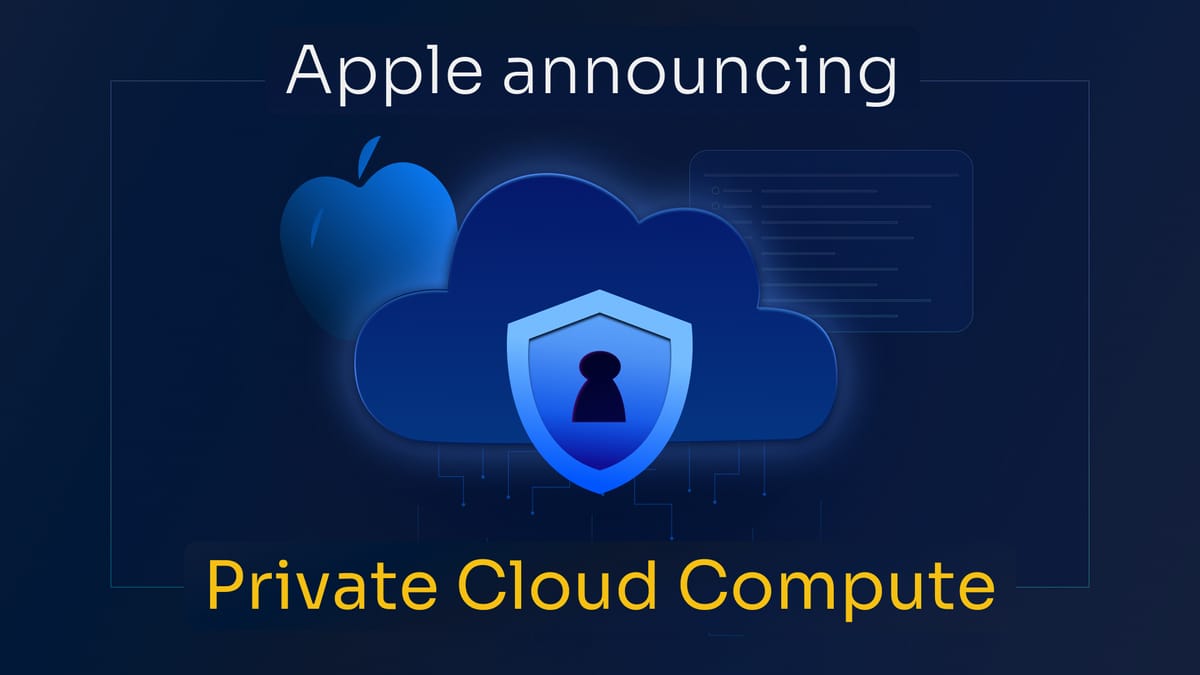
1. Understand Your Business Requirements
Before diving into the selection process, it’s vital to have a clear understanding of your business requirements. Consider the following:
- Data Storage Needs: Assess how much data you need to store and how often it will need to be accessed.
- Compliance Requirements: Determine if your industry has specific compliance mandates that your cloud provider must meet.
- Performance Needs: Identify the performance level required for your applications, including response time and uptime.
2. Evaluate Different Types of Cloud Services
Cloud services generally fall into three main categories: Infrastructure as a Service (IaaS), Platform as a Service (PaaS), and Software as a Service (SaaS). Understanding these categories will help you select a provider that aligns with your needs:
| Cloud Service Type | Description | Use Cases |
|---|---|---|
| IaaS | Provides virtualized computing resources over the internet. | Hosting websites, storage, disaster recovery. |
| PaaS | Offers hardware and software tools over the internet for application development. | Developing applications, testing, and deployment. |
| SaaS | Delivers software applications over the internet on a subscription basis. | Email, customer relationship management (CRM), and collaboration tools. |
3. Assess Security Features
Security should be a top priority when choosing a cloud provider. Evaluate their security protocols, including:
- Data Encryption: Ensure that data is encrypted both at rest and in transit.
- Compliance Certifications: Look for certifications like ISO 27001, HIPAA, or GDPR.
- Access Controls: Check if they offer robust access management features to control who can access your data.
4. Consider Scalability and Flexibility
Your business needs may evolve, and your cloud solution should be able to grow with you. Inquire about the scalability options available with each provider. Look for:
- The ability to easily increase or decrease resources.
- Flexible pricing models that allow you to pay for what you use.
5. Look into Performance and Reliability
Performance and reliability are critical for ensuring smooth business operations. Conduct thorough research on:
- Uptime Guarantees: Check for Service Level Agreements (SLAs) that guarantee a certain level of uptime.
- Response Times: Evaluate the expected response times for your applications and workloads.
6. Evaluate Customer Support
Reliable customer support can save you time and money in the long run. Consider the following:
- Support Availability: Determine if 24/7 support is available and through which channels (e.g., phone, live chat, email).
- Technical Expertise: Assess the qualifications and expertise of the support team.
7. Analyze Pricing Models
Pricing can vary significantly among cloud providers. It is essential to analyze the pricing models and understand:
- Whether the pricing is based on a subscription model or pay-per-use.
- Any hidden fees for data transfer, storage, or additional services.
- Discounts available for long-term commitments or multiple services.
8. Read Reviews and Case Studies
Finally, take the time to read customer reviews and case studies. This will provide insights into the experiences of other businesses using the provider. Look for:
- Common issues faced by customers.
- How well the provider handled those issues.
- Overall satisfaction ratings from existing users.
Conclusion
In conclusion, selecting the best cloud provider for your business needs requires careful consideration of multiple factors. By assessing your requirements, evaluating the types of services available, scrutinizing security features, and analyzing performance and support, you can make an informed decision that will set your business up for success in the cloud.
